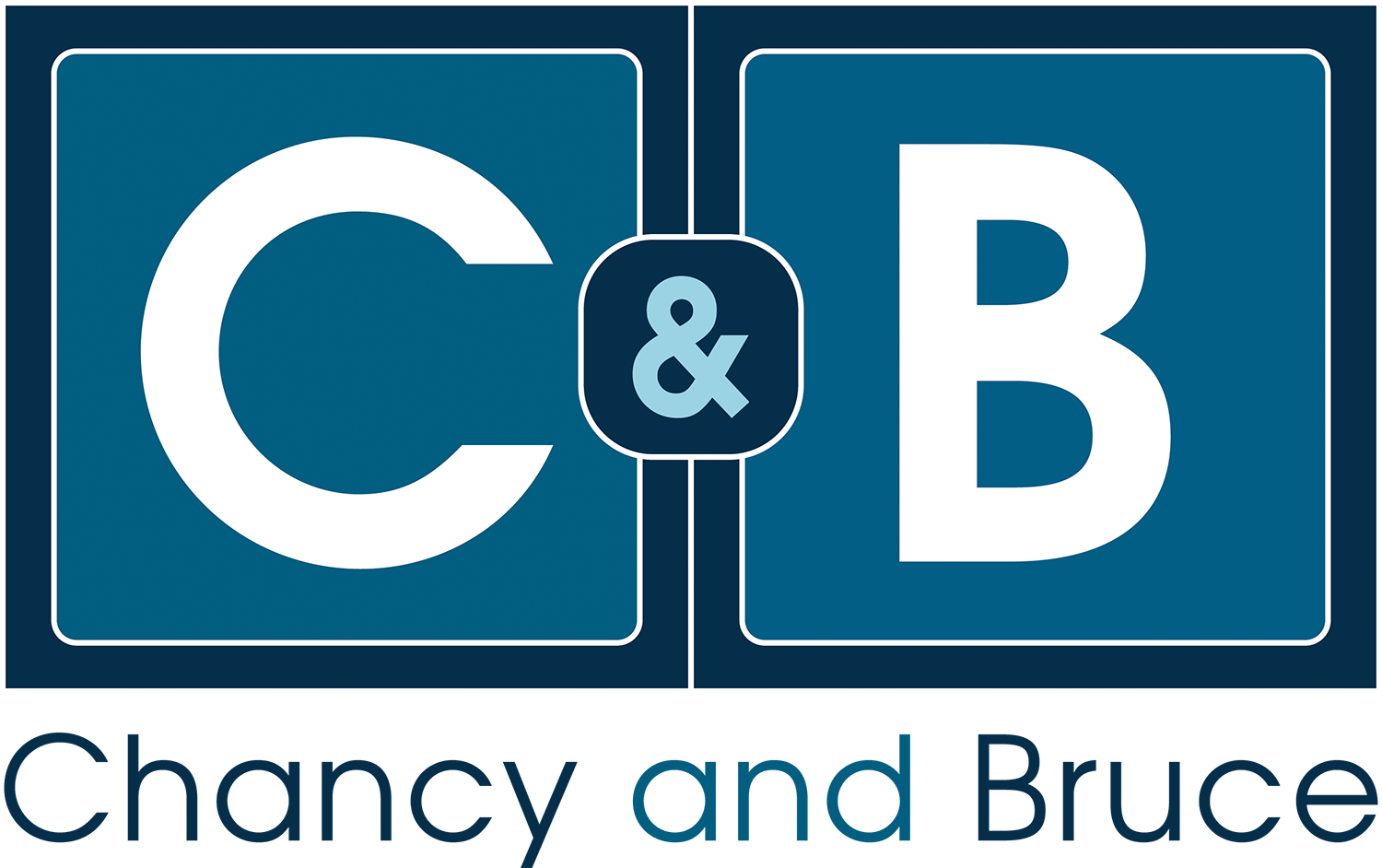
How to Use the DK Curriculum
A Seamless, Research-Based Approach to Early Learning
A Seamless, Research-Based Approach to Early Learning
The Developmental Kindergarten (DK) Curriculum by Chancy and Bruce is designed for ease of use, ensuring teachers, school directors, and administrators can integrate it seamlessly into their early learning programs.
This comprehensive 37-week program provides everything needed to support student development across academic, social-emotional, and motor skills. Below is a step-by-step guide to successfully implementing the program in your school.
Lesson Structure: A Balanced Daily Approach
Each weekly lesson plan is structured to provide targeted learning experiences while maintaining an engaging, play-based environment.
Time Breakdown Per Lesson
Academic Lessons: 15–20 minutes
Social-Emotional Lessons: 20–30 minutes
Other Developmental Pathways: 10–15 minutes
📌 Lessons are flexible and can be adjusted based on class size, teaching style, and student engagement.
How to Implement in Your Classroom
Step 1: Understanding the Curriculum
📌 Each lesson plan follows a clear structure:
Lesson Title & Theme – Defines the focus for the day.
Focus Pathway – Each unit highlights a core developmental area.
Lesson Question – Guides student understanding and discussion.
Discussion Prompts – Pre-written prompts help teachers engage students effectively.
Activity Type – Indicates whether the lesson is individual, small group, or whole class.
Milestone Goal – Tracks student progress throughout the program.
🎯 Tip: Lessons rotate daily to ensure all 10 critical pathways are covered weekly.
Step 2: Preparing for Lessons
✔ Gather Supplies – All necessary materials are listed at the start of each lesson.
✔ Use Color-Coding – Each developmental pathway is color-coded for quick identification.
✔ Organize Your Materials – Store lesson visuals and activity sheets in color-coded bins for easy access.
✔ Laminating Reusable Materials – Extend the durability of frequently used worksheets and visuals.
🎯 Tip: Use a sticky note or clip to mark your place in the Teacher Resources and Student Activity Book for quick navigation.
Step 3: Engaging Students in the Learning Process
💡 Hands-on Learning Activities – The DK curriculum focuses on interactive, play-based learning that encourages engagement.
💡 Small Group & Whole-Class Work – Lessons integrate multiple student arrangements to promote collaboration and independent thinking.
💡 Consistent Skill Reinforcement – Students build on previous lessons through structured repetition, helping transition knowledge from short-term to long-term memory.
🎯 Tip: Use visual aids and movement-based activities to reinforce learning and keep students actively engaged.
Step 4: Assessing Student Growth
✅ Use the Built-in Observation Tracker – Monitor student progress across all 10 developmental pathways.
✅ Track Milestones – Assess social-emotional growth, academic development, and fine/gross motor skills.
✅ Provide Individualized Support – Use assessment results to adjust instruction based on student needs.
🎯 Tip: The DK curriculum ensures each student progresses at their own pace while building a strong foundation for kindergarten readiness.
Download A Sample Curriculum
Your All-in-One Solution for Early Learning
The Developmental Kindergarten (DK) Curriculum is more than a program—it's a structured, research-based system designed to support educators and empower students.
📖 Key Benefits:
✔ Turnkey “School-in-a-Box” Solution – Everything needed for easy implementation.
✔ Built-In Assessments & Tracking Tools – Monitor student growth with ease.
✔ Comprehensive Approach – Covers academic, social-emotional, and motor skills in one integrated program.
✔ Minimal Prep, Maximum Impact – Ready-to-use lesson plans allow teachers to focus on instruction rather than planning.
